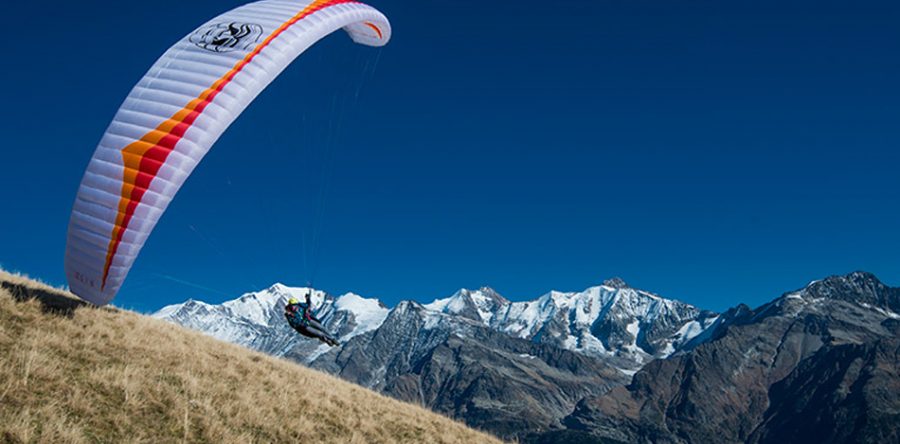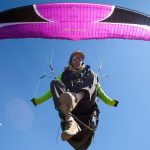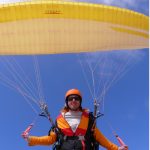Ridge soaring
In another post, we have talked about the thermal lift. We know that the origins of thermals are linked to contrast of temperature.
Nevertheless, when it comes to mountains, paraglider pilots can also use phenomenons associated to the wind. Let's talk about one of them: ridge soaring.
Ridge soaring is really simple to understand: When the wind blows over mountain
it tends to be deflected upwards generating a zone of rising air directly above the slope.
How to use ridge soaring to paraglide
Glider pilots just have to follow the mountain ridgeback and forth to climb into the rising flow.
The strength of the lift depends on the wind strength but also on the slope profile.
As soon as the pilots has identified the local wind direction he can use surrounding ridges well exposed to the wind to climb. To detect the wind direction the pilot can use windsocks, cloud shifting, emissions of smoke or analyse his drift.
Ridge lift can be really strong and allows you to find long distances really quickly (cross-country flight): in a few hours, you can cross the French Alps only using ridge lift. It is sensational because enables you to fly close to the mountains experience a real sensation of speed.
The only inconvenience of ridge soaring is that you can only exploit it in the slopes on the wind side of the mountain. This is why in practice, ridge soaring is often combined with the other types of flying to enlarge the possibilities, thermal soaring when the sun hits the Earth's surface and another one associated to wind that we will discover soon:
wave flying
This is a transcription of the video of "The Gliding Spirit"














